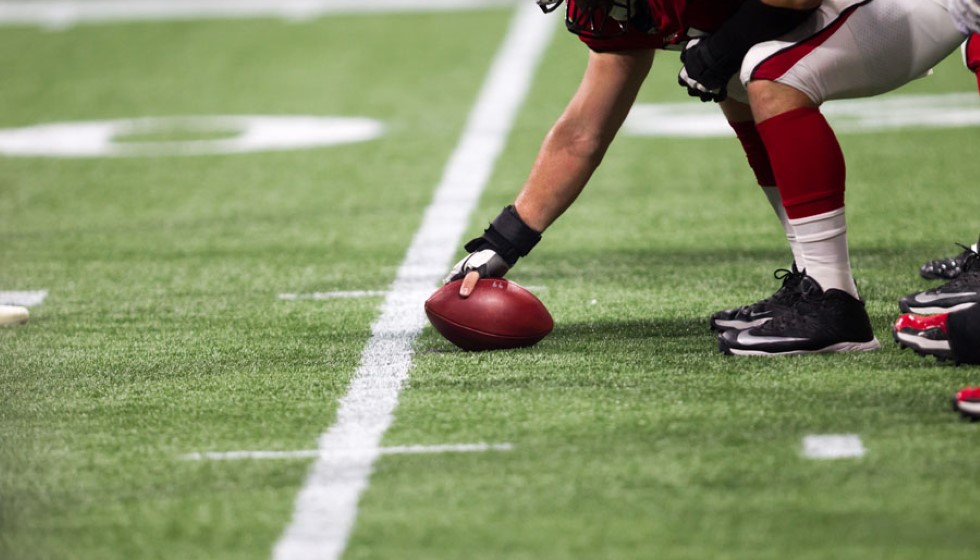
In a troubling development from Scottsdale, Arizona, Terrell Suggs, the former NFL linebacker known for his esteemed career with the Baltimore Ravens, found himself entangled in a legal predicament following an altercation that escalated far beyond a minor traffic incident. The episode, which unfolded under the seemingly mundane setting of a Starbucks drive-thru, has cast a shadow on the athlete’s post-retirement life, bringing to the fore discussions about the conduct of public figures and the delicate demarcation between self-defense and excessive aggression.
The Incident Unfolds
Details emerging from Scottsdale Police Department reports and witness statements sketch a scenario that began innocuously enough—with a minor vehicular contact outside the popular coffee chain—but quickly spiraled into a confrontational dispute fraught with serious allegations. According to sources, Suggs was reversing his vehicle when it made unintended contact with another car. What followed was an argument that escalated to a point where Suggs allegedly threatened the life of the other party involved and brandished a handgun.
It is important to note, however, that accounts specify Suggs did not point the weapon at the alleged victim, a nuance that could play a significant role in the legal examination of the event. Amidst the rapidly unfolding situation, Suggs has maintained that his actions were driven by a fear for his and his family’s safety, suggesting a narrative of self-defense rather than unwarranted aggression.
Self-Defense or Excess Aggression?
In his own words, recounted from the incident, Suggs described a scenario of finding himself in an unexpected and escalating confrontation. “I was in a quiet area of Scottsdale in the middle of the day... when an incident happened with a vehicle behind me,” Suggs narrated. He further explained his reaction as one of self-preservation, emphasizing his lack of intent to seek trouble and his subsequent fear when faced with what he perceived as a threatening situation.
This depiction serves as a focal point in the unraveling narrative that follows the incident, as it touches on the complex issue of interpreting actions as self-defense versus undue aggression. The distinction carries significant weight, both legally and in the court of public opinion, especially when considering the persona of Suggs—a public figure with a decorated sports legacy.
A Decorated Career and Now Legal Challenges
Suggs' career achievements, including seven Pro Bowl appearances and the prestigious AP Defensive Player of the Year award, have not shielded him from the consequences of his recent actions. He faces charges that include threatening and intimidating, coupled with disorderly conduct with a weapon. These developments have prompted a broader dialogue on the responsibilities shouldered by athletes and public figures, particularly regarding their conduct in public and potentially volatile situations.
The ongoing legal ramifications for Suggs remain to be fully determined, as the community and sports world at large closely observe how these allegations will impact the player's legacy and the broader conversations about athlete conduct off the field.
Public Figures Under Scrutiny
The incident involving Suggs underscores a recurring theme in the domain of sports and public life—the scrutiny faced by athletes and celebrities when navigating interactions that may lead to legal or public relations challenges. While the right to personal safety is fundamental, the public often holds figures like Suggs to a higher standard of conduct, expecting restraint and exemplary behavior even under provocation.
As details of the Scottsdale incident continue to emerge, the sports community and the public are left to ponder the delicate balance between self-defense and the expectation of public figures to de-escalate conflicts. Moreover, this case may serve as a clarion call for athletes, both active and retired, to cultivate awareness and strategies for managing confrontations in a manner that safeguards their safety without crossing into the realm of legal jeopardy or moral censure.
In conclusion, while Suggs navigates the legal aftermath of a day that started as an ordinary coffee run, the reverberations of this incident will likely extend beyond the courtrooms of Arizona, prompting introspection among public figures and their legions of followers on the complexities of self-defense, aggression, and the burdens of public identity.